Gardening and Ponding together
cherifree
13 years ago
Related Stories
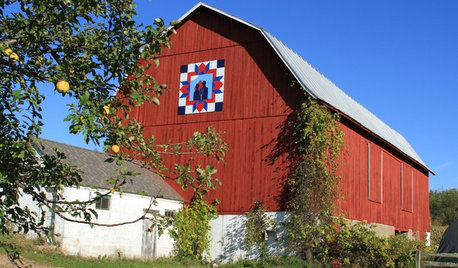
ARTBarn Quilts Piece Together a Community
One man with one beautiful idea transforms Wisconsin’s Shawano County
Full Story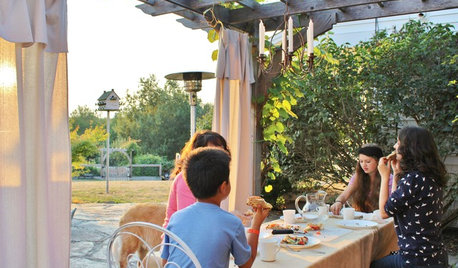
HOUZZ TOURSMy Houzz: A Modern-Day Homestead Brings a Family Together
Their 5-acre Washington property, with sports court, swings, pizza oven and gardens, is a labor of love and communal playspace
Full Story
PETS6 Ways to Help Your Dog and Landscape Play Nicely Together
Keep your prized plantings intact and your dog happy too, with this wisdom from an expert gardener and dog guardian
Full Story
GARDENING AND LANDSCAPINGHow to Make a Pond
You can make an outdoor fish paradise of your own, for less than you might think. But you'll need this expert design wisdom
Full Story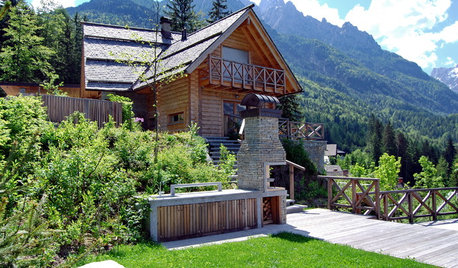
LANDSCAPE DESIGNStyle and Nature Come Together in a Slovenian Landscape Design
Natural plantings and local materials create a memorable outdoor experience in picturesque Kranjska Gora
Full Story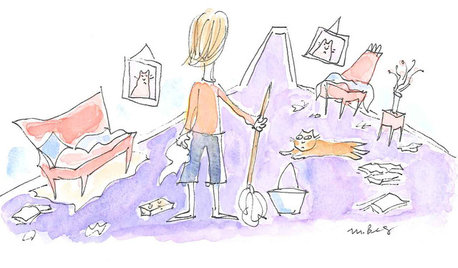
LIFEWe Can Work It Out: Living (and Cleaning) Together
Run a household without fussing and fighting with these ideas for how to work together on household chores
Full Story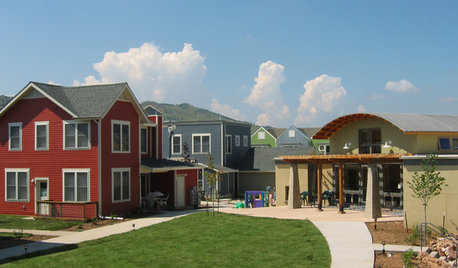
COMMUNITYTogetherness Take 2: Is a Cohousing Community for You?
Missing that sense of connection? Consider the new breed of neighborhood with a communal bent
Full Story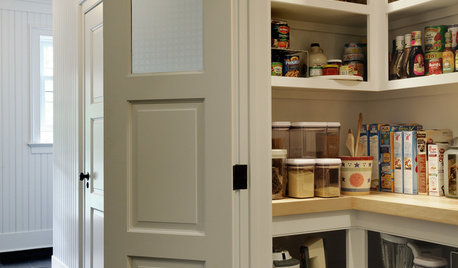
HOUSEKEEPINGAll Together Now: Tackle Home Projects With a DIY Co-op
You're in good company when you pair up with a pal to clean, organize, repair and replace
Full Story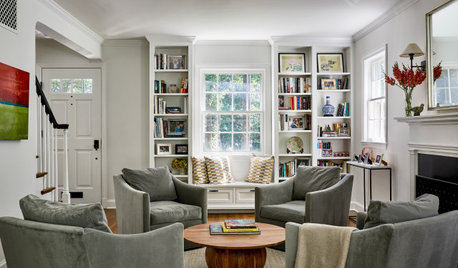
ENTERTAINING10 Steps to Pull Together Your Living Room Before the Holidays
Boost comfort, flow and visual appeal in your main entertaining room to make guests feel more welcome
Full Story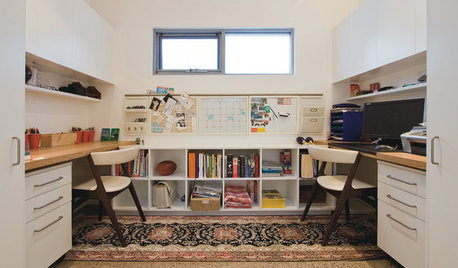
HOME OFFICESWorking at Home Together (and Apart)
One is easy. Two, not so much. Here are ways to make room for two to work at home
Full Story






cherifreeOriginal Author
gemini_jim
Related Professionals
Accokeek Landscape Architects & Landscape Designers · Havre de Grace Landscape Architects & Landscape Designers · Hershey Landscape Architects & Landscape Designers · Mitchellville Landscape Architects & Landscape Designers · Otsego Landscape Architects & Landscape Designers · Dallas Landscape Contractors · East Patchogue Landscape Contractors · Fort Worth Landscape Contractors · Framingham Landscape Contractors · Paramount Landscape Contractors · Ramsey Landscape Contractors · Seven Hills Landscape Contractors · University City Landscape Contractors · Quartz Hill Landscape Contractors · Pike Creek Valley Gardeners & Lawn Careshakaho
evesta
cherifreeOriginal Author
evesta
cherifreeOriginal Author
shakaho
cherifreeOriginal Author
ernie_m
knittlin
dchu73_gmail_com
buyorsell888